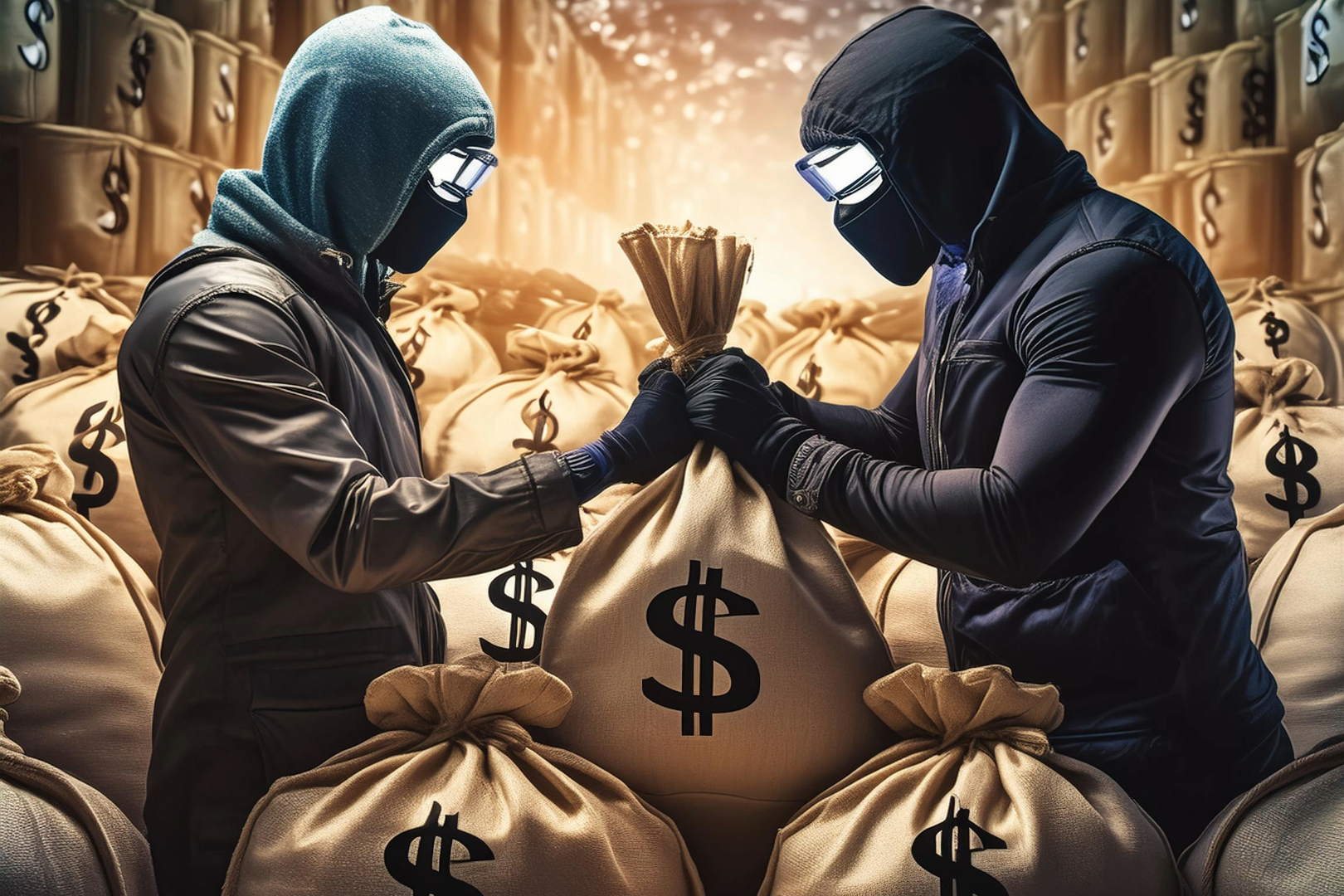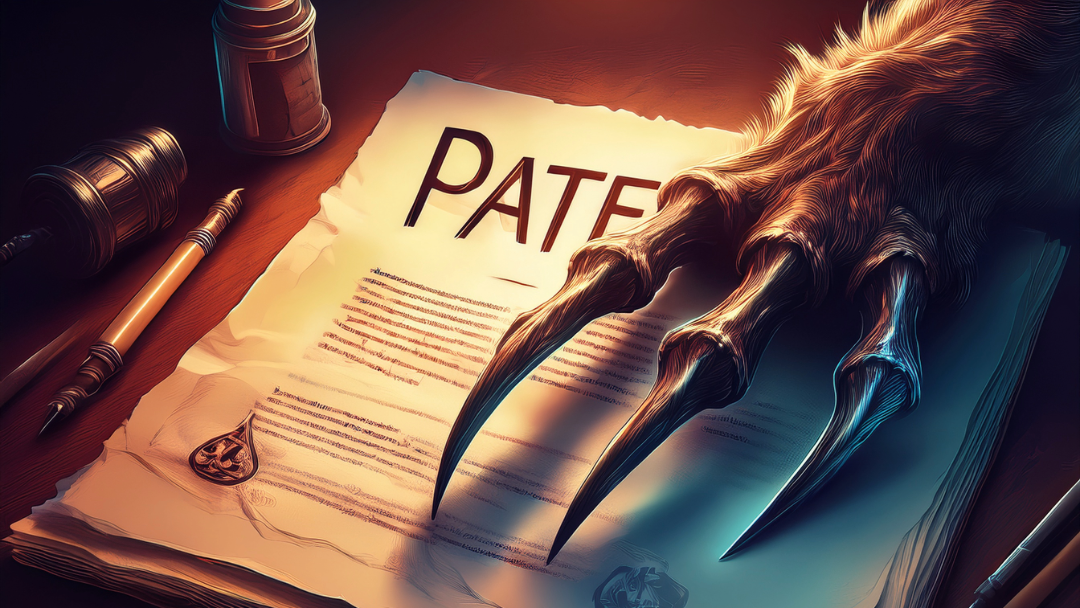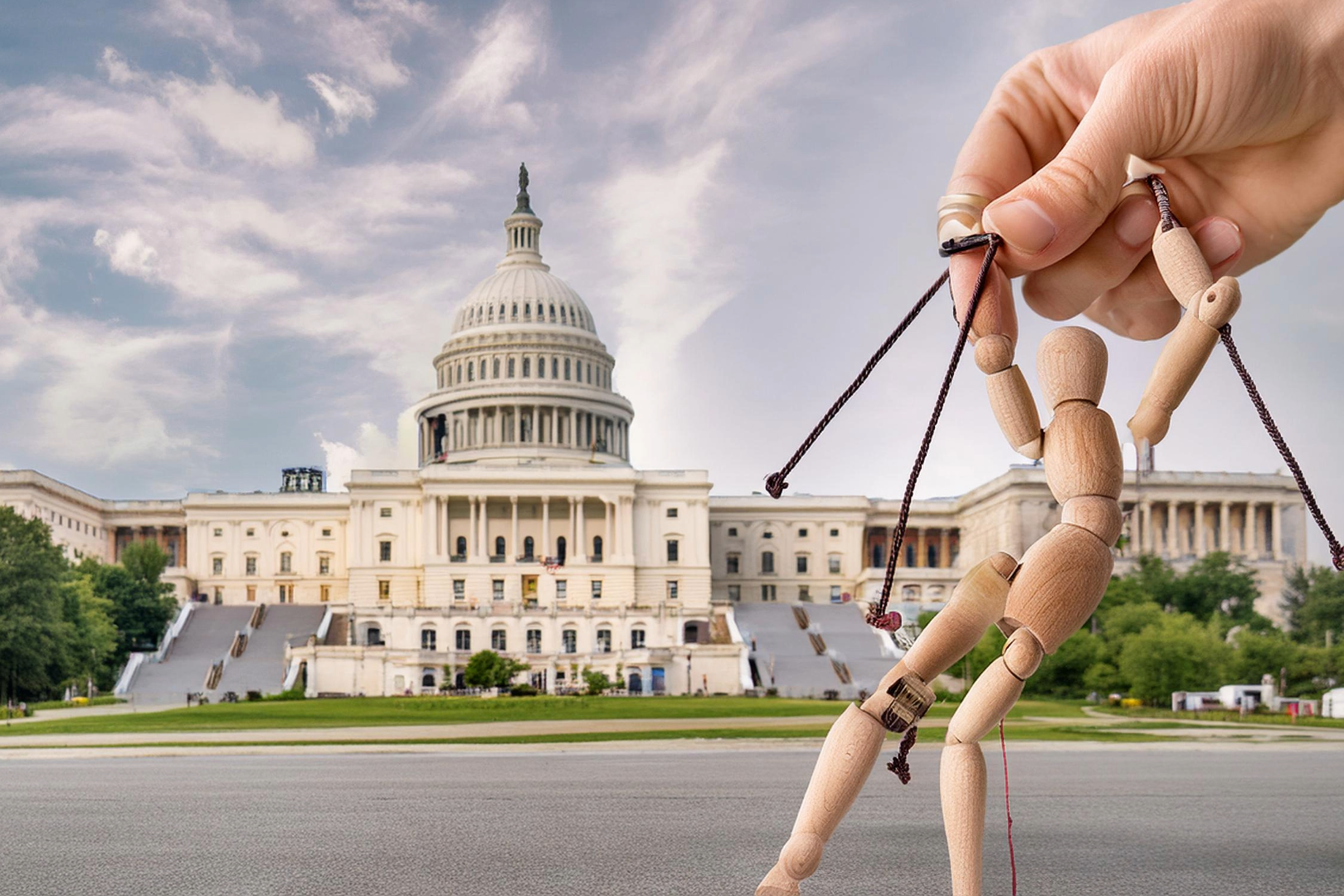
In 2024, the Sunwater Institute’s study Patent Quality in the United States, Findings and Suggestions for Policy Makers, determined that
- 7% of patented claims allowed should have been rejected, and
- 18% of the rejected claims were improperly rejected.
This outcome was observed in groups that examined chemical, mechanical, telecommunications, computer and electronical technologies. From the Sunwater Institute report, it can be estimated that TC3600 improperly rejects 15% of claims directed to electric vehicles, drones, and aeronautics, TC2800 improperly rejects 21% of semiconductor claims and TC2100 improperly rejects 21% of claims directed to artificial intelligence. Technology Center (TC) 2400 examines computer networks, multiplex communications and cryptography/security, including quantum technologies, with an alarmingly high rejection error rate of 30%. Figure 1.
While the USPTO squelches innovation by improperly rejecting 18% of patent claims, China is nearing a monopoly risk for advancement in 57 of the 64 critical technological areas including:
- mesh and infrastructure independent networks
- protective cybersecurity technologies
- post-quantum cryptology
- quantum communications and others
Rejection-skewed results cannot come as a surprise to USPTO officials. This pattern – bluntly summarized as twice as many bad rejections as bad allowances – has been detected by the agency’s annual Office of Patent Quality Assurance (OPQA) assessments. In Fiscal Year (FY) 2024, OPQA reported:
- 8% of surveyed allowances had claims which should have been rejected under 35 USC 101, 102, 103 or 112 and
- 18.1% of surveyed final rejections were not in compliant with the statutes.
The two independent surveys were conducted by different entities using different samples and methodologies. OPQA audited a random sample of 12,041 office actions prepared in 2024 which contained a mix of non-final rejections, final rejections and notice of allowances for compliance with the statutes. The Sunwater Institute measured “low quality” patents by analyzing “55 million patent applications claim decisions covering 20 million independent claims on approximately 980,000 patent applications filed between 2011-2013” in three ways:
- the overall pool of patent applications
- a sample of patent applications and
- patent applications that had been submitted to multiple international offices.
Despite different methodologies, both surveys reported strikingly similar results. Figure 3.
Disproportionally mis-rejecting more claims than mis-allowing claims points to “systemic issues and highlights the need for data-driven policymaking.” The Council for Innovation Promotion (C4IP) has urged for increased publication of USPTO’s quality data to allow for more research.
Taking a Closer Look at OPQA’s Data
Before gathering more data to create new policies, let’s take a closer look at OPQA’s FY2024 results in view of current examination guidance.
Identifying allowable subject matter is the most efficient way to avoid improper rejections. We know most patent applications contain allowable subject matter, as evidenced by the USPTO’s overall 80% allowance rate. Manual of Patent Examining Procedures (MPEP) 707.07(c) instructs examiners “as a part of the first Office action on the merits, [to] identify any claims which he or she judges, as presently recited, to be allowable and/or should suggest any way in which he or she considers that rejected claims may be amended to make them allowable.”
Yet OPQA found that examiners only identify allowable subject matter in 20.3% and 27.7% of the surveyed final and non-final Office actions, respectively. Figure 4.
One a more granular level, “[w]henever practicable, examiners and patent reexamination specialists should indicate how rejections may be overcome and how problems may be resolved.” MPEP 2103(I). OPQA reports that examiners fail to provide appropriate suggestions to overcome
- 99.8% of the anticipation rejections
- 99.9% of the obviousness rejections
- 94.6% of the enablement rejections
- 98.1% of the written description rejections and
- 95.5% of the subject matter eligibility rejections.
With no clear signal as to what might be allowed or how to overcome a rejection, attorneys and examiners are mired in inefficient exchanges. On the whole, the USPTO’s 2024 data expose an examining corps that does not generally look for ways to allow patent applications. This is not new behavior. Sunwater Institute’s survey indicates a rejection-biased approach existed for applications filed in 2011-2013.
A rejection-weighted examination system disproportionally affects independent inventors and startups who haven’t resources to engage in multiple rounds of prosecution and yet are eager to quickly monetize their patented products.
How did we get here?
The Patent Examiners’ Performance and Appraisal Plan (PAP) Drives Examiner Behaviors
Let’s roll the clock back to 1995. While the USPTO was implementing the General Agreement on Tariffs and Trade (“GATT”) Uruguay Round legislation, my former mentor, Primary Examiner Robert Budens, proudly tacked a modified poster of USPTO official seal on his office door. Using a black marker, he amended “US Patent and Trademarks Office” to read “US Patent and Trademark Rejection Office.” This graphic aptly illustrated his strategy to avoid issuing any poor-quality claims. Wryly quipping “the only good claim is a rejected claim,” Examiner Budens seemed to reject everything. He went on to serve as President of the Patent Office Professional Association from 2005 – 2015. In 2010, under former Director Kappos’ tenure, USPTO management and POPA officials, including President Budens, worked closely together to revise the count system and patent examiners’ performance and appraisal plan (PAP). The 2010 PAP and award scheme focused examiner attention on:
- pendency (docket management), with an annual award of 1.5% to 4% of total salary
- production, with an annual gainsharing award of 2% to 7% of total salary, and
- more production, with an annual special achievement award of up to 3% of total salary
OPM allows agencies full discretion for granting employees lump-sum cash bonuses up to 20% of their annual salary for exceptional performance. Seasoned primary examiners who strictly follow the PAP requirements routinely receive up to $25,000 in annual cash bonuses, paid for out of inventor user fees.
With no bonuses specific for high quality work, the incentive structure rewards volume and speed. This is at odds with the USPTO’s mission to drive U.S. innovation and global competitiveness for the benefit of Americans.
Part 2 explores the anti-innovation disconnect between the examiners’ incentive plans and the MPEP’s “instructions to examiners, and other material in the nature of information and interpretation, and outlines the current procedures which the examiners are required or authorized to follow in appropriate cases in the normal examination of a patent application.”
Julie Burke has a PhD in Biochemistry from the University of London College of Science, Technology, and Medicine and a BA in Cellular and Molecular Biology from Johns Hopkins University. As a registered patent agent with 20 years'of experience at the patent office, Julie founded her own consulting company, IP Quality Pro LLC. She helps patent attorneys navigate complex situations in the patent system to protect the inventors' ideas. She is an advisor for Petition.ai, the first searchable database of US patent prosecution petitions and associated documents.
She serves as an expert witness in court on patent office procedures and practices and is frequently invited to speak on patent office issues at bar association conferences.







While this article was in press, the Government Accountability Office issued a report titled “Patent Office Should Strengthen its Efforts to Address Persistent Examination and Quality Challenges.”
https://www.gao.gov/products/gao-25-107218
The USPTO’s response to the GAO report published two days ago here:
https://www.uspto.gov/about-us/news-updates/uspto-response-gao-report-addressing-persistent-examination-and-quality
From an initial review of both documents, it is disappointing to see that both the GAO and USPTO failed to address the differences in quality of rejections versus quality of the allowances.
More to come!
The USPTO should not examine filed applications for obviousness—the primary cost and time sinkhole—since 99% of patents do not get litigated. The USPTO should only examine for novelty and other formalities. Such patents will still be useful for startups, investments, etc. If the owner of such patent wants to bring an infringement action or is involved in a declaratory action for non-infringement by an alleged infringer, the litigation should have an obviousness examination phase in the court or the USPTO wherein the owner of the patent is permitted to amend the claims in view of infringer’s cited references to overcome the obviousness defenses raised by the infringer and perhaps other issues.
The patent claims of one of my most recent patent applications at the USPTO have been rejected by an examiner who relied on absurd reasoning. I managed to solve a century-old mystery, made a discovery, turned my discovery into a product and have been trying to patent my product. The examiner argued at the beginning of the Office Action that it is DIFFICULT TO TELL what is being claimed and that a skilled artisan would NOT UNDERSTAND the metes and bounds of the claims, but then towards the conclusion of the Office Action argued that it WOULD BE OBVIOUS to a person having ordinary skill in the art at the time of invention that US Patent 6,458,491 to Robert A Wimberly et al, a patent for a vulcanized rubber battery separator, anticipates my claimed invention. My patent application has nothing to do with vulcanized rubber.
The battery industry had been trying and failing for a CENTURY to figure out how the use of Hevea rubber doubles the life of lead-acid batteries. The first patent crediting an inventor for using a natural rubber separator in a secondary storage battery is US Patent 761,345 dated May 31, 1904, which was awarded to Theodore A. Willard of Cleveland, Ohio. Thereafter US Patent 2,112,529 was awarded to Eardly Hazell in 1938 for a rubber plus clay battery separator and US Patent 2,120,281 was awarded to Kenneth E Hunt in 1938 for a rubber plus silica battery separator. US Patent 4,213,815 was awarded to Bruce S Goldberg et al in 1980 for a rubber plus silica battery separator that is vulcanized by radiation.
US Patent 5,221,587, dated June 22, 1993, was awarded to Werner Böhnstedt et al for an invention of a layer of uncrosslinked rubber deposited on a surface of a polymer battery separator to prevent antimony poisoning and antimony from depositing on the negative electrodes of a lead-acid battery. The US 5,221,587 inventors admitted that the mechanism IS UNKNOWN to them and they are not able to explain the success of their invention.
US Patent 9,093,694, dated July 28, 2015, which was originally filed as Provisional Application 61/260,306 on November 11, 2009, was awarded to Robert R Waterhouse et al for an invention of a battery separator made of polyethylene and cured natural and synthetic rubber powder that decreases the effect produced by antimony depositing on the negative electrodes of a lead-acid battery. The US 9,093,694 inventors noted that rubber includes an active ingredient but that the exact nature of this ingredient IS NOT KNOWN.
Published patents confirm that rubber has been used in lead acid batteries for over a century. Böhnstedt et al and Waterhouse et al confirmed that they had been prompted by the past success of rubber to include rubber in the battery separators of their inventions but that they had been unable to identify the ingredient in rubber that is responsible for this success.
I ran a research project from the beginning of 1999 to the beginning of 2013 to identify the substance that appeared to be present in Hevea rubber, the most commonly available natural rubber. I managed eventually to identify the substance and thereafter proceeded to develop equivalents that are much cheaper than natural rubber. I was successful and filed a series of US patent applications including, US Patent Application Number 14/890,295.
I have been taken aback by the way in which USPTO patent examiner Jeremiah R Smith of Art Unit 1723 has been able to effortlessly use the system to impose rejections that are breathtakingly wrong at a most fundamental level.